Navigating Terrain And Comfort: A Comprehensive Look At The Toyota 4Runner’s Ride Quality
Navigating Terrain and Comfort: A Comprehensive Look at the Toyota 4Runner’s Ride Quality
Related Articles: Navigating Terrain and Comfort: A Comprehensive Look at the Toyota 4Runner’s Ride Quality
Introduction
With enthusiasm, let’s navigate through the intriguing topic related to Navigating Terrain and Comfort: A Comprehensive Look at the Toyota 4Runner’s Ride Quality. Let’s weave interesting information and offer fresh perspectives to the readers.
Table of Content
Navigating Terrain and Comfort: A Comprehensive Look at the Toyota 4Runner’s Ride Quality
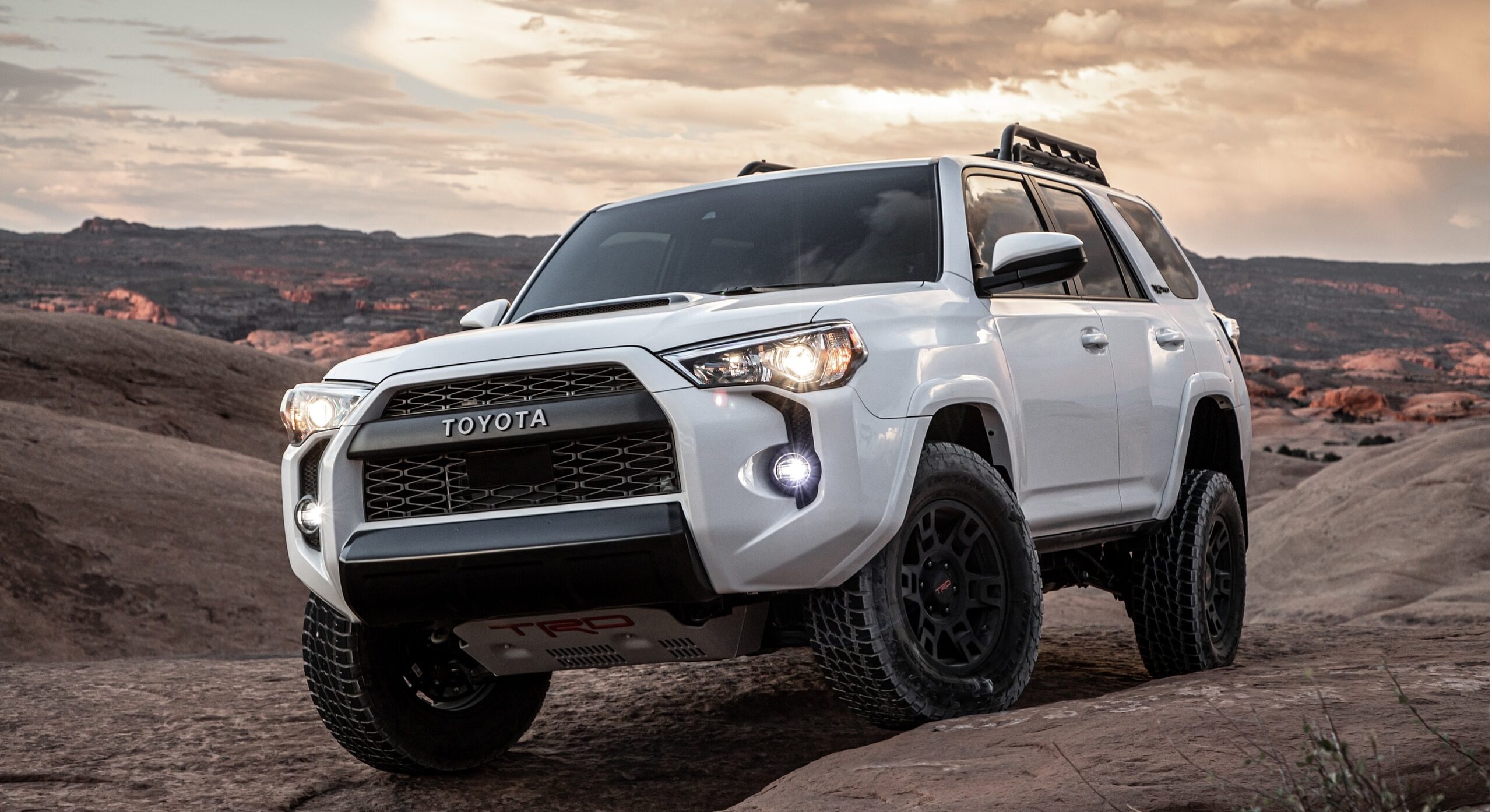
The Toyota 4Runner, renowned for its rugged capability and enduring reliability, has carved a niche in the automotive landscape as a vehicle that seamlessly blends off-road prowess with on-road comfort. Its ride quality, a critical aspect of its appeal, is a result of a meticulous balance between suspension design, chassis construction, and overall engineering.
Exploring the Fundamentals: Understanding Ride Quality
Ride quality, in essence, refers to a vehicle’s ability to absorb road imperfections and deliver a smooth and comfortable ride for passengers. It is a multifaceted concept encompassing factors like suspension articulation, damping characteristics, tire selection, and even the vehicle’s overall weight distribution.
The 4Runner’s Ride Quality: A Detailed Examination
The 4Runner’s ride quality is a testament to Toyota’s commitment to providing a vehicle that excels in both on and off-road scenarios. This is achieved through a combination of features:
1. Suspension System:
- Solid Front Axle: The 4Runner’s front suspension, typically featuring a solid front axle, offers exceptional durability and off-road articulation. This design, while contributing to a slightly firmer ride on paved roads, provides exceptional ground clearance and off-road capability.
- Rear Suspension: The rear suspension, featuring a multi-link setup, balances off-road performance with on-road comfort. This design allows for better articulation while maintaining a more controlled ride on paved surfaces.
- Shock Absorbers: The shock absorbers, typically gas-charged units, are meticulously tuned to provide a balance between ride comfort and handling responsiveness. They effectively dampen vibrations and oscillations, ensuring a stable and comfortable ride across various terrains.
2. Chassis Construction:
- Body-on-Frame Design: The 4Runner’s body-on-frame construction, a hallmark of rugged SUVs, provides a solid foundation for the suspension system. This design enhances rigidity and durability, contributing to a stable and confident ride.
- High Ground Clearance: The 4Runner’s significant ground clearance, a direct result of its frame construction, allows it to tackle challenging off-road obstacles with ease. This clearance also contributes to a sense of stability and confidence, even on rough roads.
3. Tire Selection:
- All-Terrain Tires: The standard all-terrain tires, often featuring aggressive tread patterns, provide excellent traction on various surfaces, including gravel, dirt, and snow. They also contribute to a slightly firmer ride on paved roads, a trade-off for their off-road capabilities.
The Importance of Ride Quality: Why It Matters
The 4Runner’s ride quality is not simply a matter of comfort; it plays a crucial role in its overall performance and appeal:
- Passenger Comfort: A comfortable ride is essential for long journeys, reducing fatigue and enhancing the overall driving experience. The 4Runner’s suspension system effectively absorbs road imperfections, minimizing vibrations and ensuring a pleasant ride for passengers.
- Off-Road Capability: The 4Runner’s suspension design, specifically its solid front axle and multi-link rear setup, provides exceptional articulation, allowing it to navigate challenging off-road terrain with ease. This capability is crucial for those who frequently venture off the beaten path.
- On-Road Handling: While not as sporty as some crossover SUVs, the 4Runner’s suspension offers a balance between comfort and responsiveness. It provides a stable and predictable handling experience on paved roads, ensuring confident driving.
- Durability and Reliability: The 4Runner’s robust suspension and frame construction are designed for long-term durability, ensuring a reliable and comfortable ride for years to come.
FAQs: Addressing Common Concerns About the 4Runner’s Ride Quality
1. Is the 4Runner’s Ride Too Firm for Everyday Driving?
The 4Runner’s ride, while firm, is not overly harsh. Its suspension is designed to provide a balance between off-road capability and on-road comfort. While some drivers may find it slightly firmer than a traditional crossover, it remains comfortable for everyday driving, particularly on well-maintained roads.
2. Does the 4Runner’s Solid Front Axle Impact Ride Quality on Paved Roads?
The solid front axle does contribute to a slightly firmer ride on paved roads compared to independent suspension systems. However, the 4Runner’s suspension tuning and shock absorbers effectively mitigate this effect, providing a comfortable ride for most drivers.
3. Does the 4Runner’s Ride Quality Deteriorate with Age?
Like any vehicle, the 4Runner’s suspension components can wear over time. Regular maintenance, including shock absorber replacement and proper tire inflation, is crucial for maintaining ride quality.
4. How Does the 4Runner’s Ride Quality Compare to Other SUVs?
The 4Runner’s ride quality falls somewhere between the comfort of a traditional crossover and the ruggedness of a full-fledged off-road truck. It offers a balance of both, making it a versatile vehicle for a wide range of driving conditions.
Tips for Enhancing the 4Runner’s Ride Quality
- Proper Tire Inflation: Maintaining the correct tire pressure is crucial for optimal ride quality and handling. Over-inflation can lead to a harsher ride, while under-inflation can compromise handling and tire wear.
- Regular Suspension Maintenance: Regularly inspecting and replacing worn suspension components, such as shock absorbers, struts, and bushings, can significantly improve ride quality and handling.
- Consider Upgraded Shocks: For those seeking a smoother ride, upgrading to aftermarket shock absorbers designed for comfort can enhance the 4Runner’s ride quality.
- Proper Load Management: Overloading the vehicle can negatively impact ride quality and handling. Ensure the vehicle’s cargo weight is within recommended limits.
Conclusion: The 4Runner’s Ride Quality – A Balance of Capability and Comfort
The Toyota 4Runner’s ride quality is a testament to the vehicle’s versatility and ability to seamlessly transition between challenging off-road adventures and comfortable on-road journeys. Its suspension design, chassis construction, and overall engineering prioritize a balance between capability and comfort, ensuring a rewarding driving experience for a wide range of drivers. Whether navigating rugged trails or cruising down paved highways, the 4Runner delivers a confident and comfortable ride that reinforces its reputation as a capable and versatile SUV.

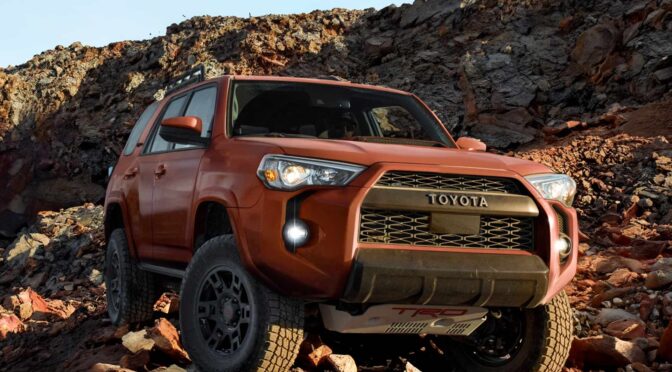


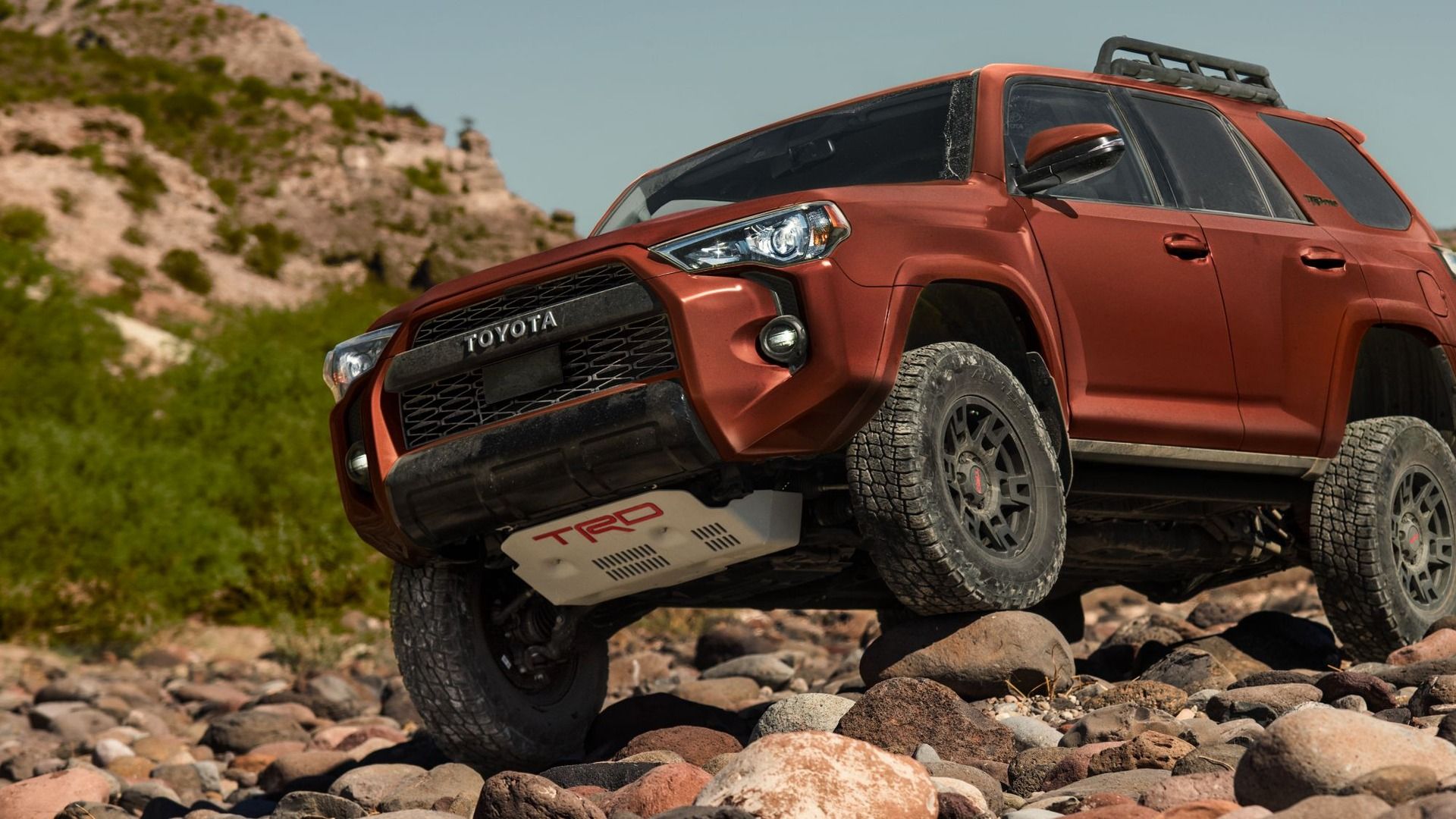
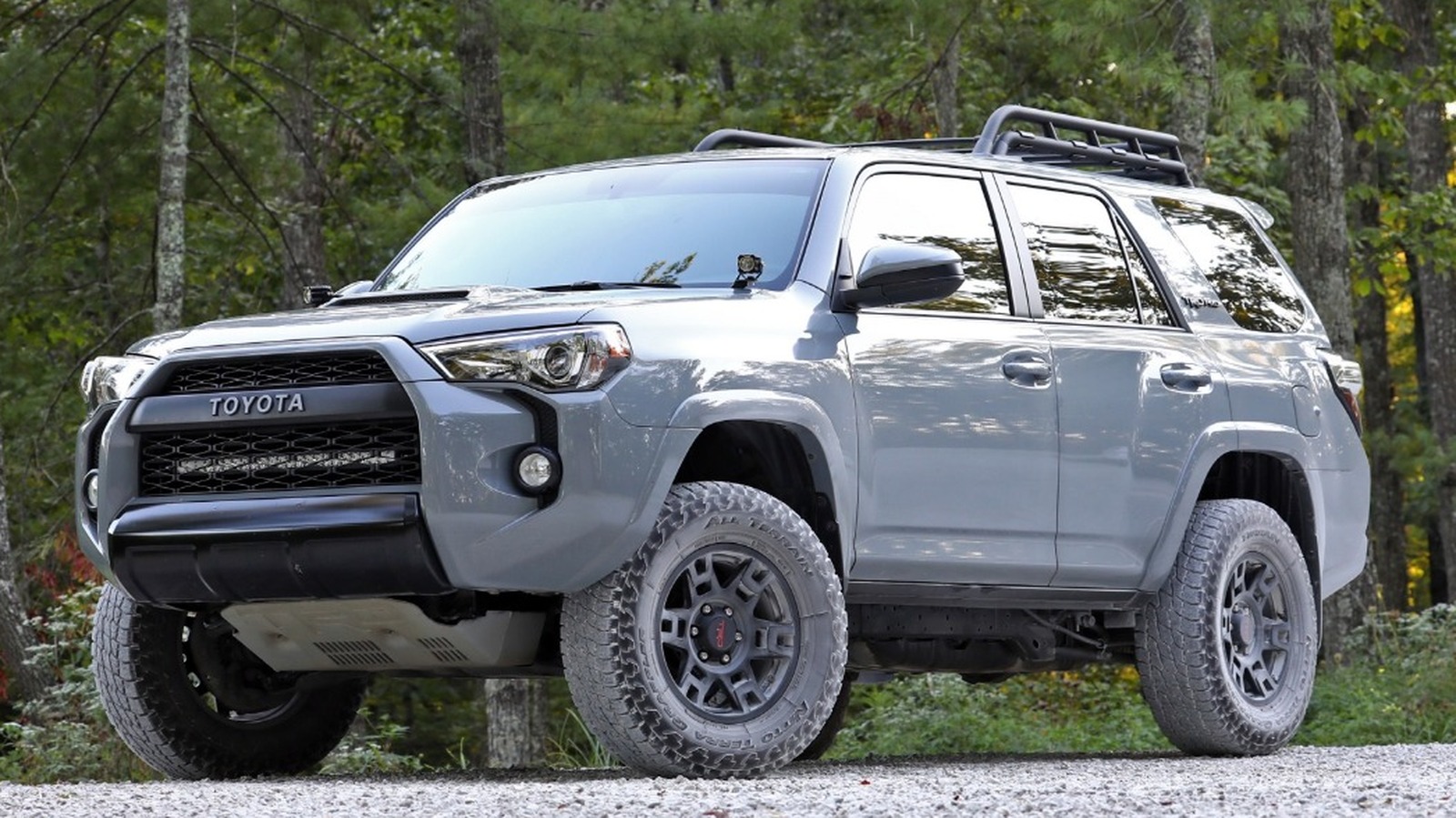

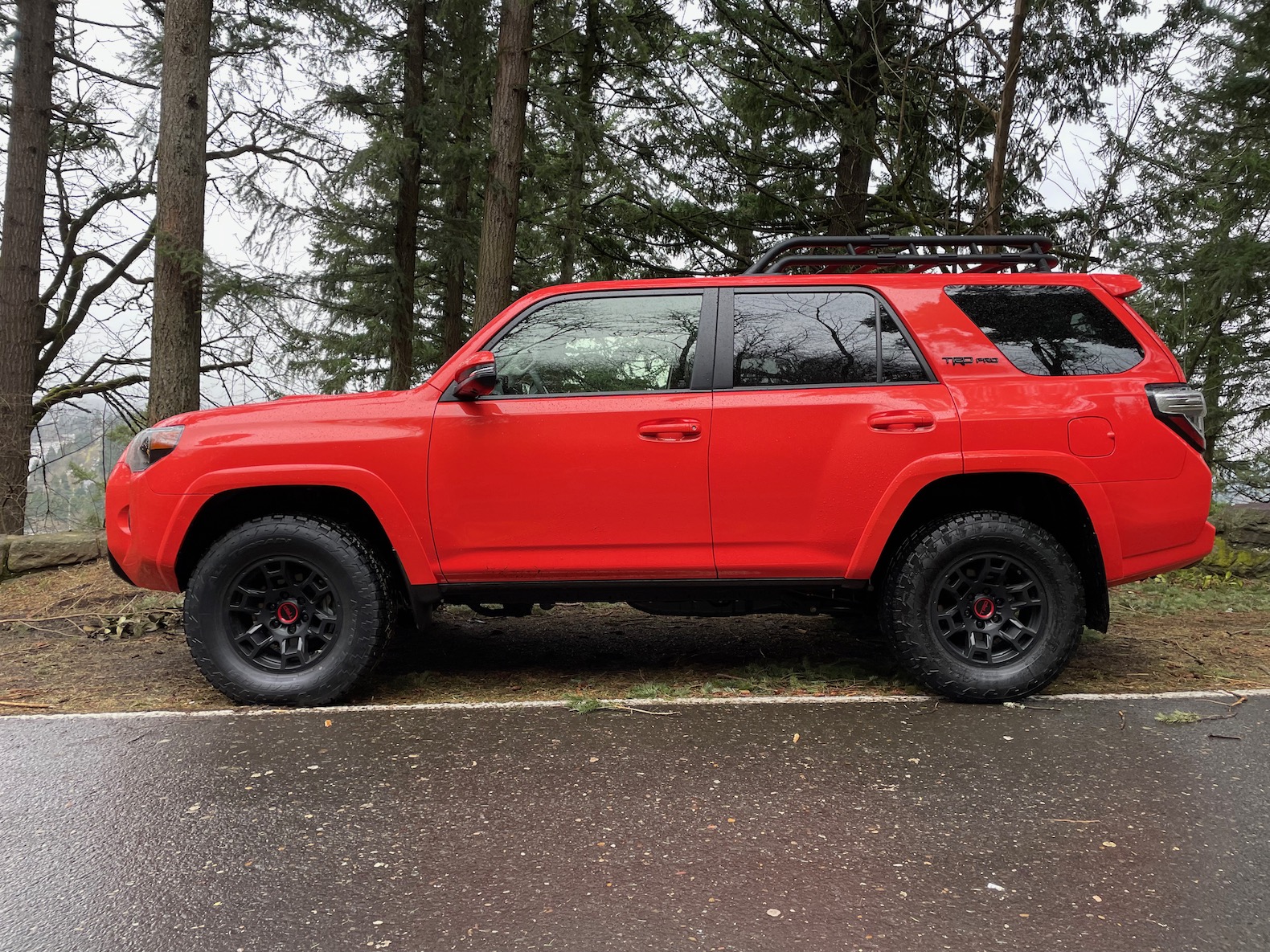
Closure
Thus, we hope this article has provided valuable insights into Navigating Terrain and Comfort: A Comprehensive Look at the Toyota 4Runner’s Ride Quality. We hope you find this article informative and beneficial. See you in our next article!
You may also like
Recent Posts
- The 2025 Toyota 4Runner: A Legacy Reimagined
- The Enduring Appeal Of The Toyota 4Runner Manual Transmission 4×4
- The Toyota 4Runner TRD Off-Road: A Legacy Of Adventure, Reimagined For 2025
- The Anticipation Builds: Unveiling The Next Generation Toyota 4Runner
- The 2025 Toyota 4Runner TRD: A Legacy Of Adventure Reimagined
- The Future Of Color: Exploring The Significance Of Color Trends
- The Toyota 4Runner: A Legacy Of Capability, Now With Expanded Seating
- The Toyota 4Runner Timing Belt: A Vital Component For Engine Longevity
Leave a Reply